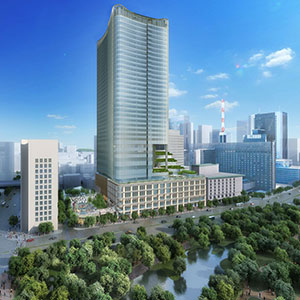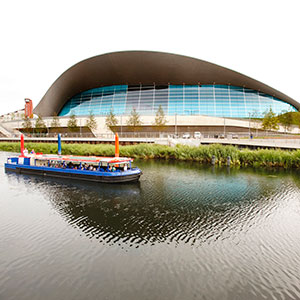Niseko, located on the northern Japanese island of Hokkaido, has come a long way over the past decade. It has transformed itself from a sleepy domestic ski town pioneered by Australian backpackers into the number-one ski resort in Asia, attracting international visitors and the continent’s wealthiest ski enthusiasts and investors.
Niseko’s property market has grown over this period, withstanding tough times including the 2008–2009 global financial crisis and The 2011 Great East Japan Earthquake and Tsunami, and emerging as one of the best performing property markets in Asia.
People are drawn to Niseko by the consistent and plentiful snow conditions, averaging 15m annually, making Niseko one of the snowiest locations in the world. The powder snow is dry, light and champagne-like in quality. Pristine ski-slopes, with terrain to suit all abilities and easily accessible back country and off-piste combine with some of the best night skiing in the world.
An eclectic mix of world-class Japanese and international restaurants and bars, high-quality onsen (hot spring baths) and a growing range of accommodation options—along with the time zone and the connectivity of nearby Sapporo and Chitose, which have direct flights to most Asian gateway cities—have cemented Niseko as the main access point for Japan’s inbound winter tourism industry.
Visitor numbers have grown strongly. A weakening yen and the relaxation of visa restrictions have resulted in international tourism to the area increasing by roughly four times over the past five years. Visitors from mainland China, Hong Kong and Taiwan have grown at more than 40% per year to become the largest group of travellers to the region.
Apartment prices in Niseko have grown at more than 20% per year over the past three years, making Niseko the best performing residential property market in Japan during that period. Over the past decade, the market has moved from entry-level properties to multi-million dollar ski-in/ski-out apartment and trophy homes designed by internationally renowned architects, such as Kengo Kuma.
Some have voiced concerns over rocketing prices and saturation in the resort. Yet despite significant price gains, prime apartments and chalets in Niseko still sell at a significant discount compared to their global peers and remain roughly 25% cheaper than those in Whistler, Canada and 50% cheaper than Vail in the United States.
While it is clear that Niseko will face the typical challenges and cycles of other global resorts, we are still in the early stages of a powerful secular trend: namely, the growing demographics and wealth of Asia paired with the strong growth in Japanese tourism. It is this understanding that has attracted tier-one foreign developers and institutions to the region.
The next leg of Niseko’s growth will be driven by integrated hotel and residential offerings by international developers and hotel brands, such as the Ritz Carlton and Park Hyatt, to name just two. These investors are focused on developing Niseko into a year-round destination, much like other successful global resorts.
The combination of first-mover advantage, accessibility and the emergence of Niseko as the main access point for both winter and summer activities in Hokkaido should ensure strong capital appreciation and catch-up with other elite global ski resorts.






